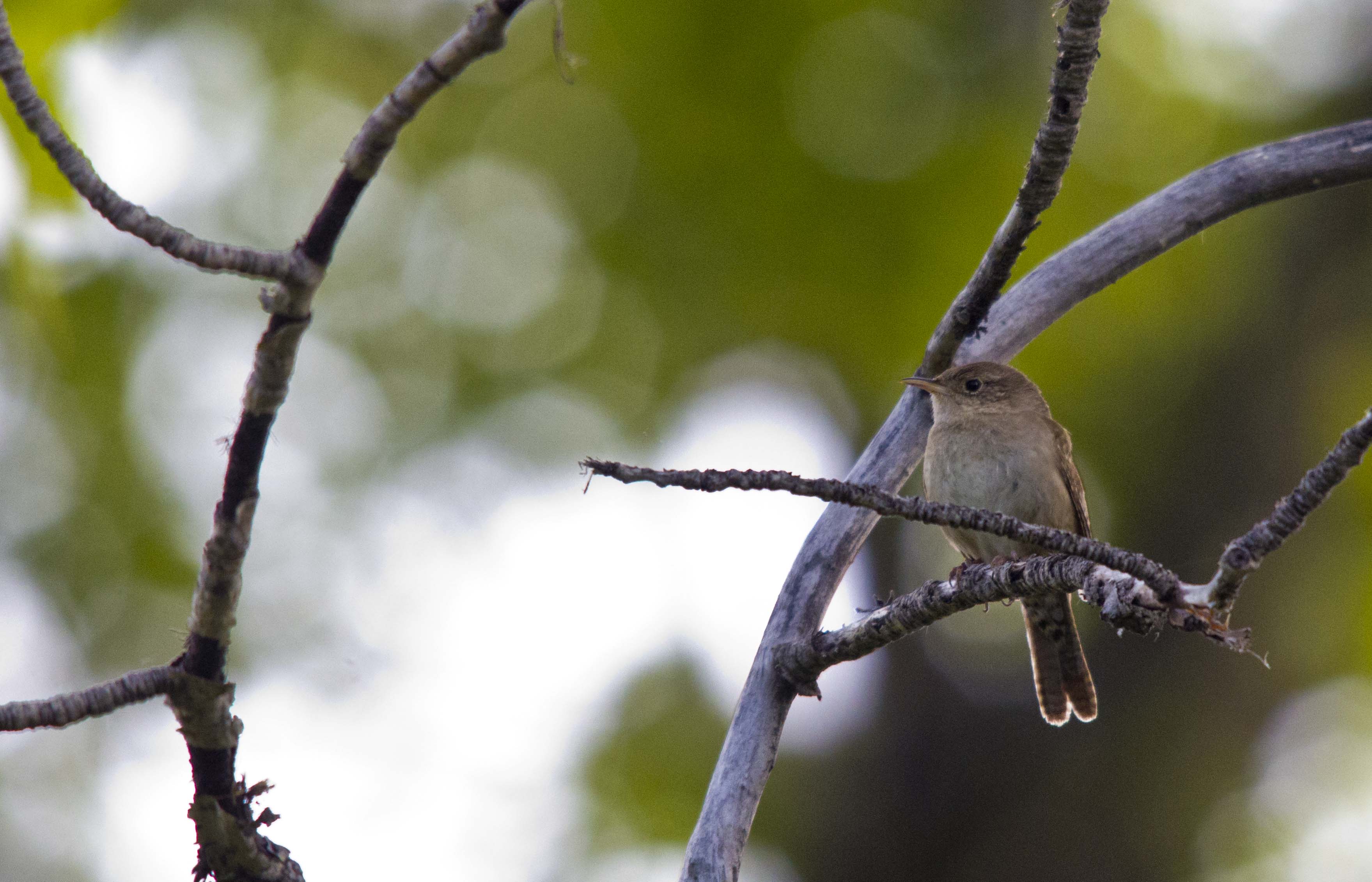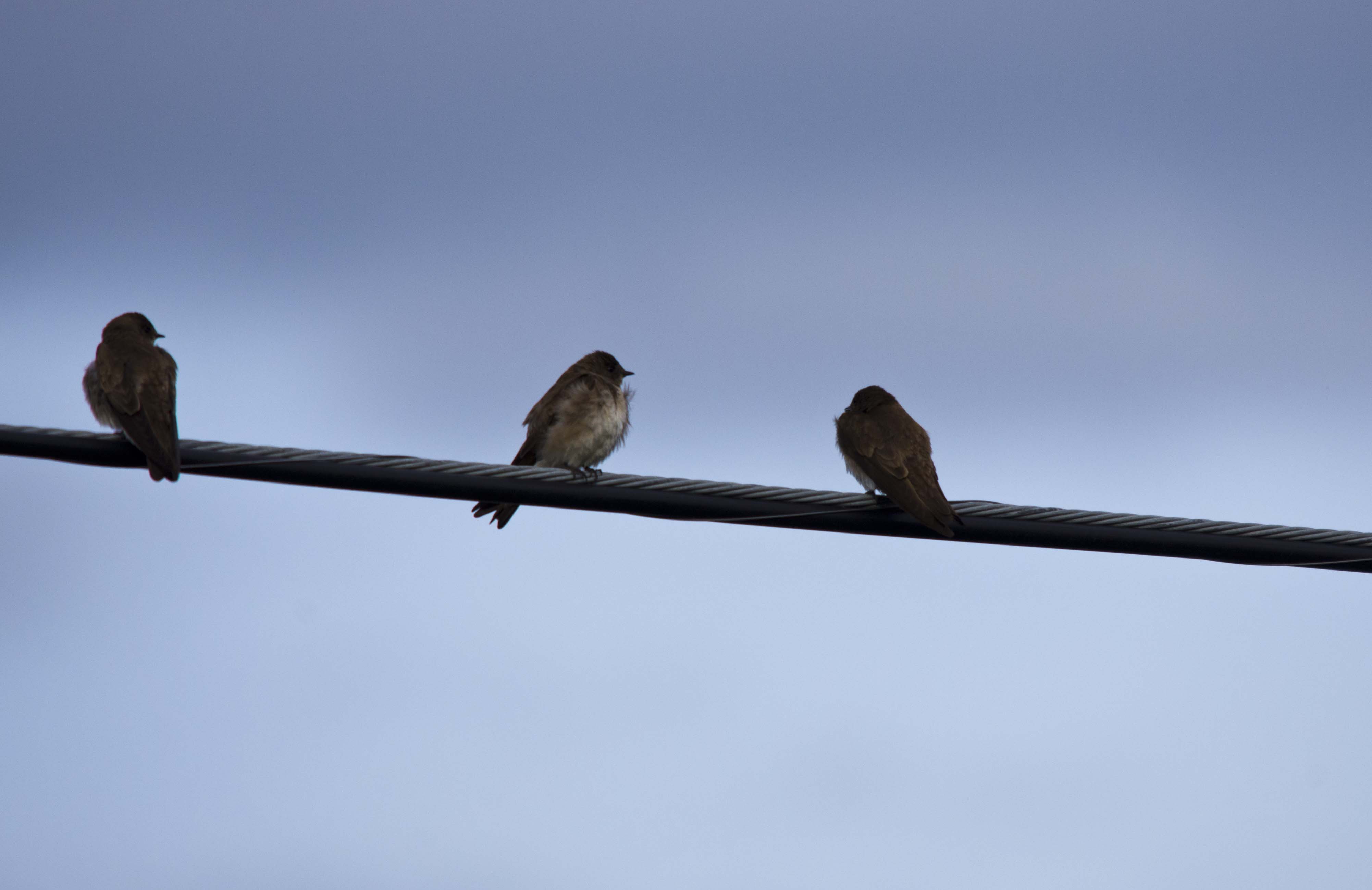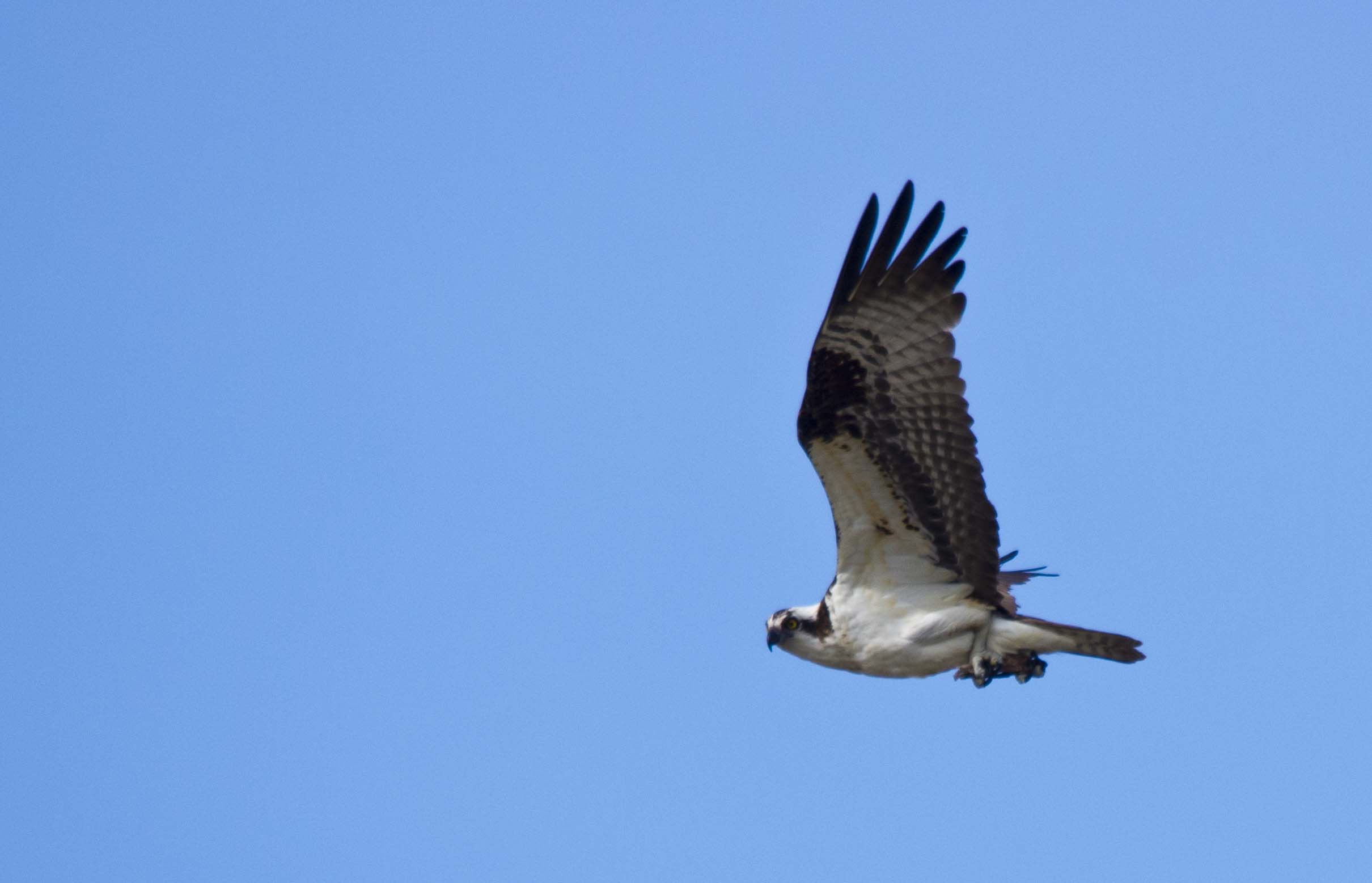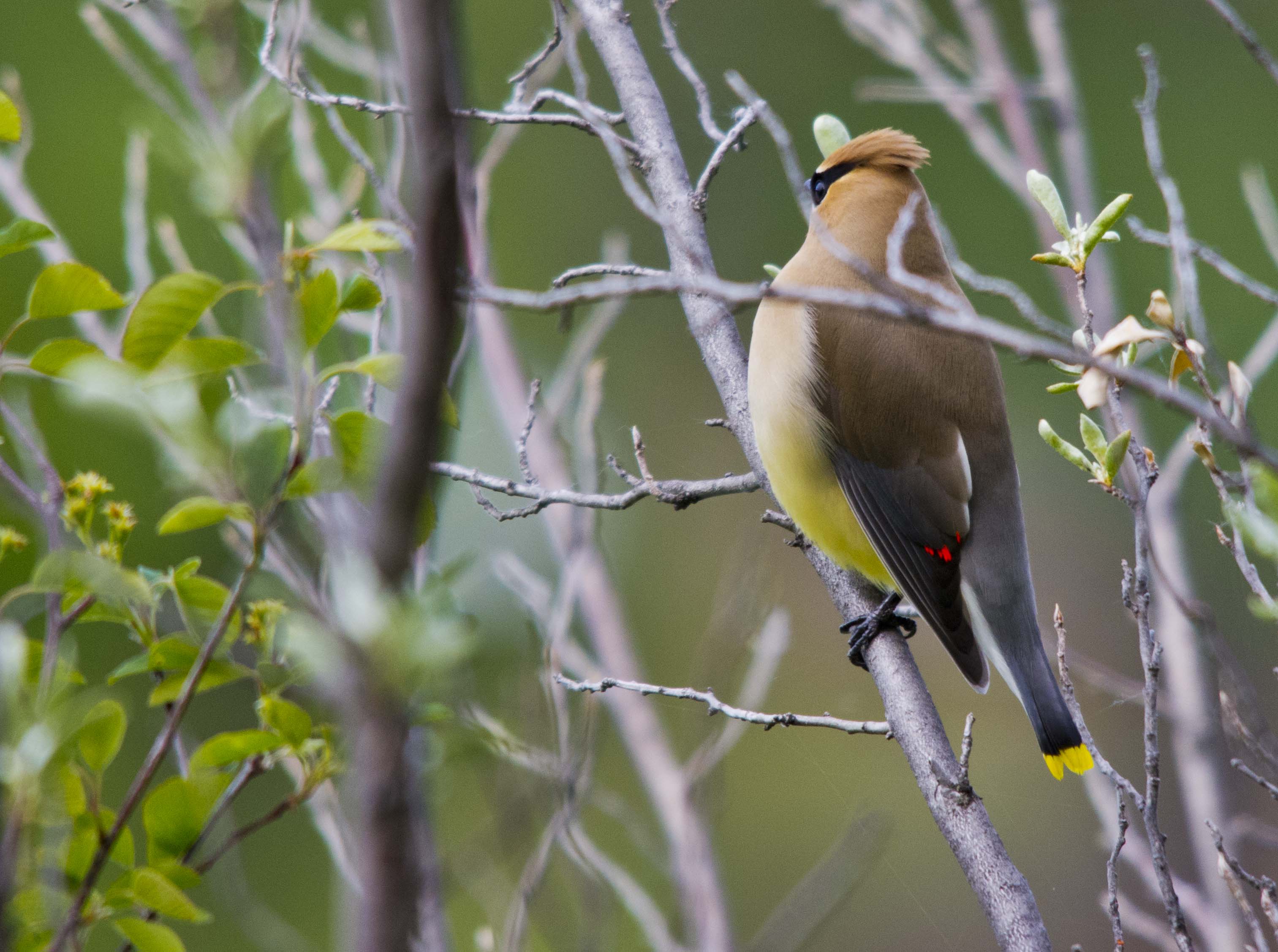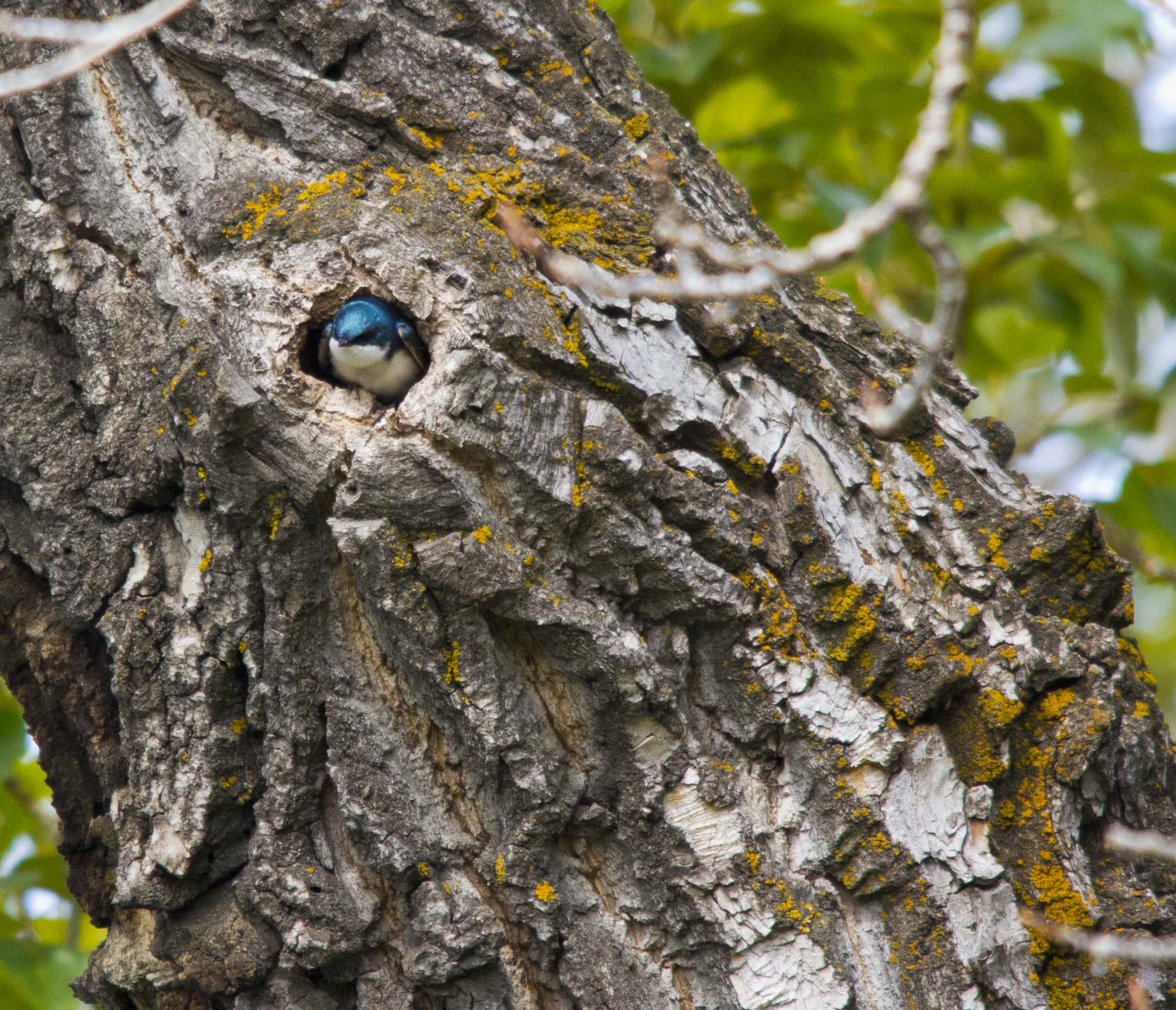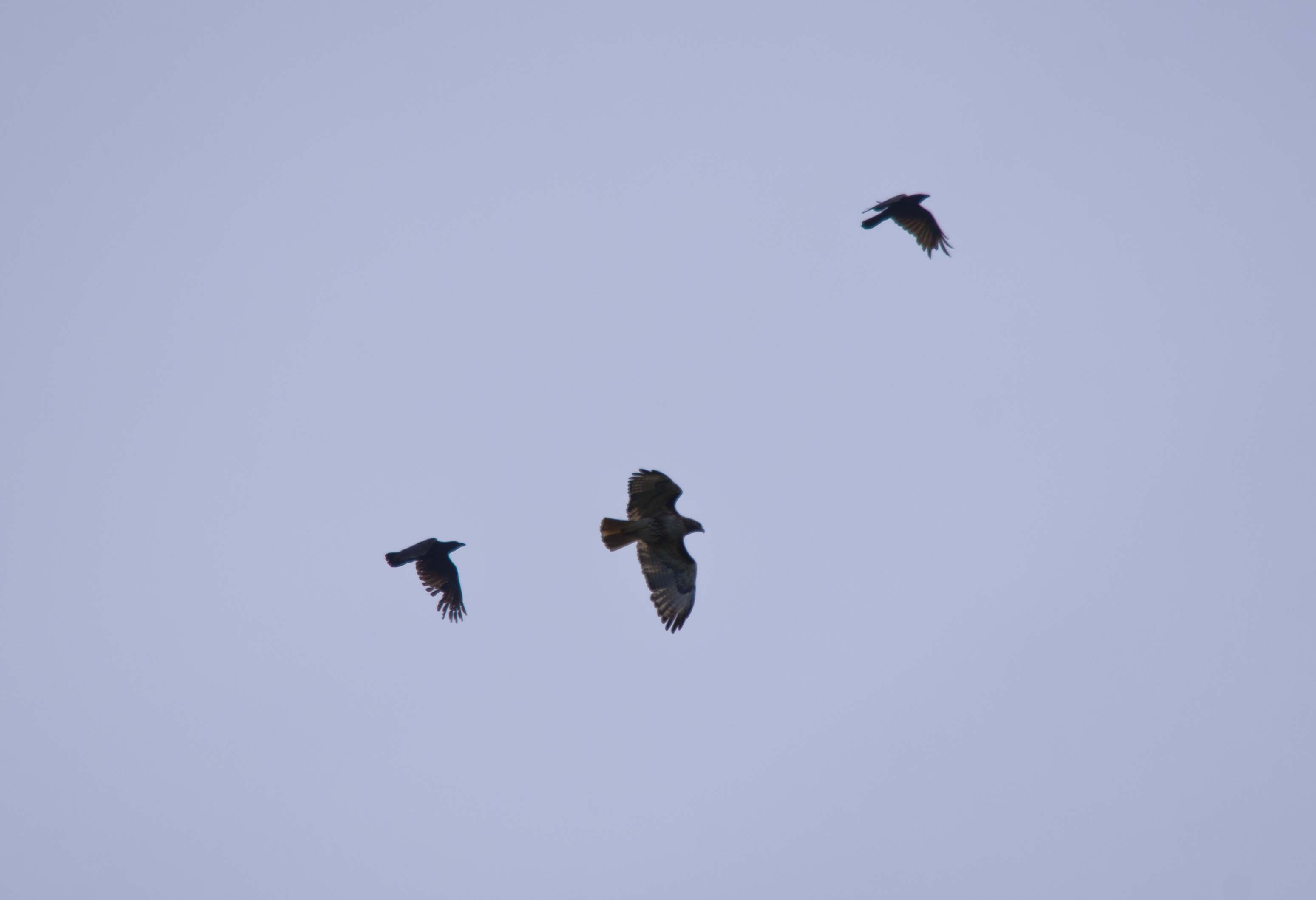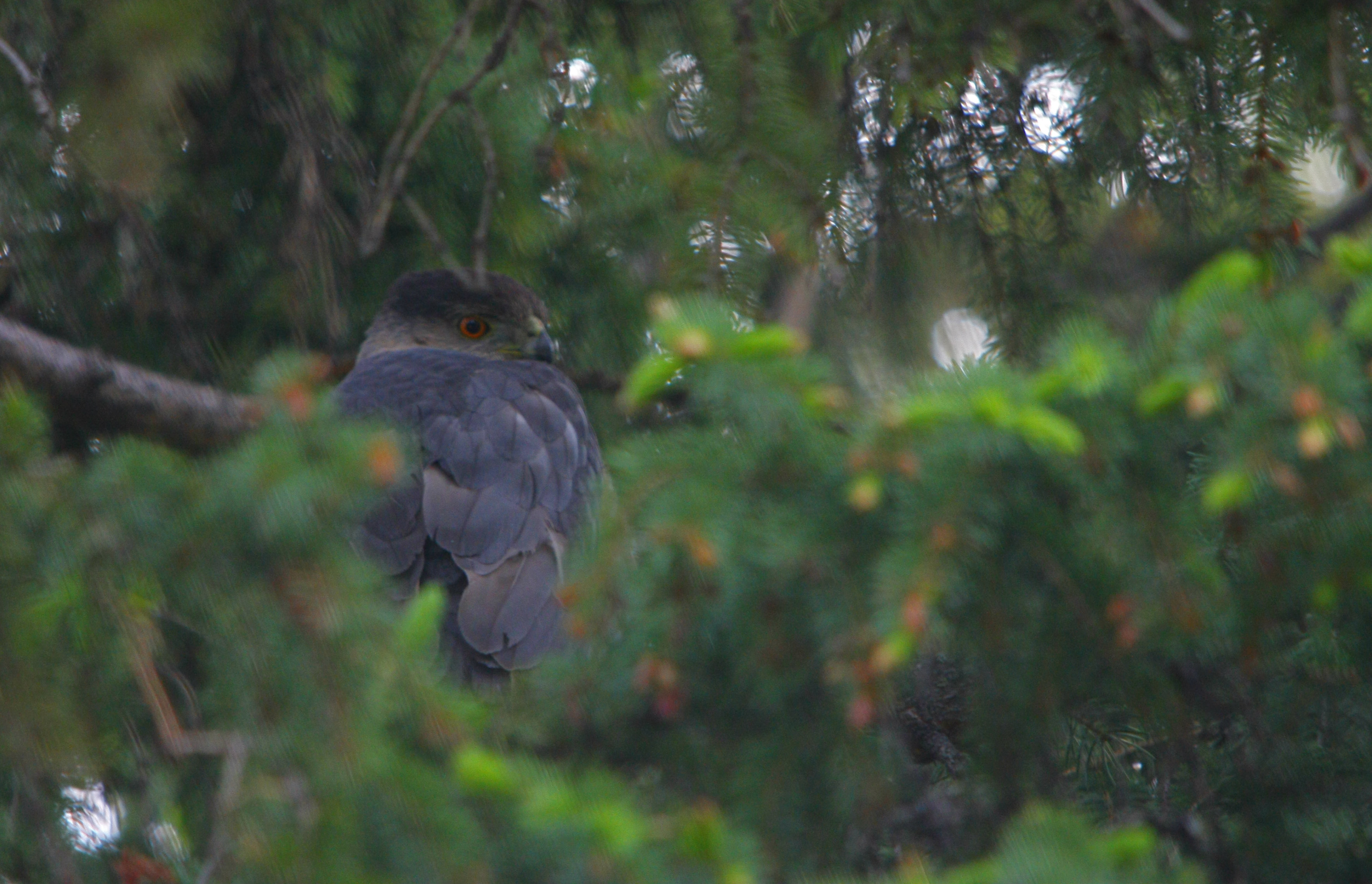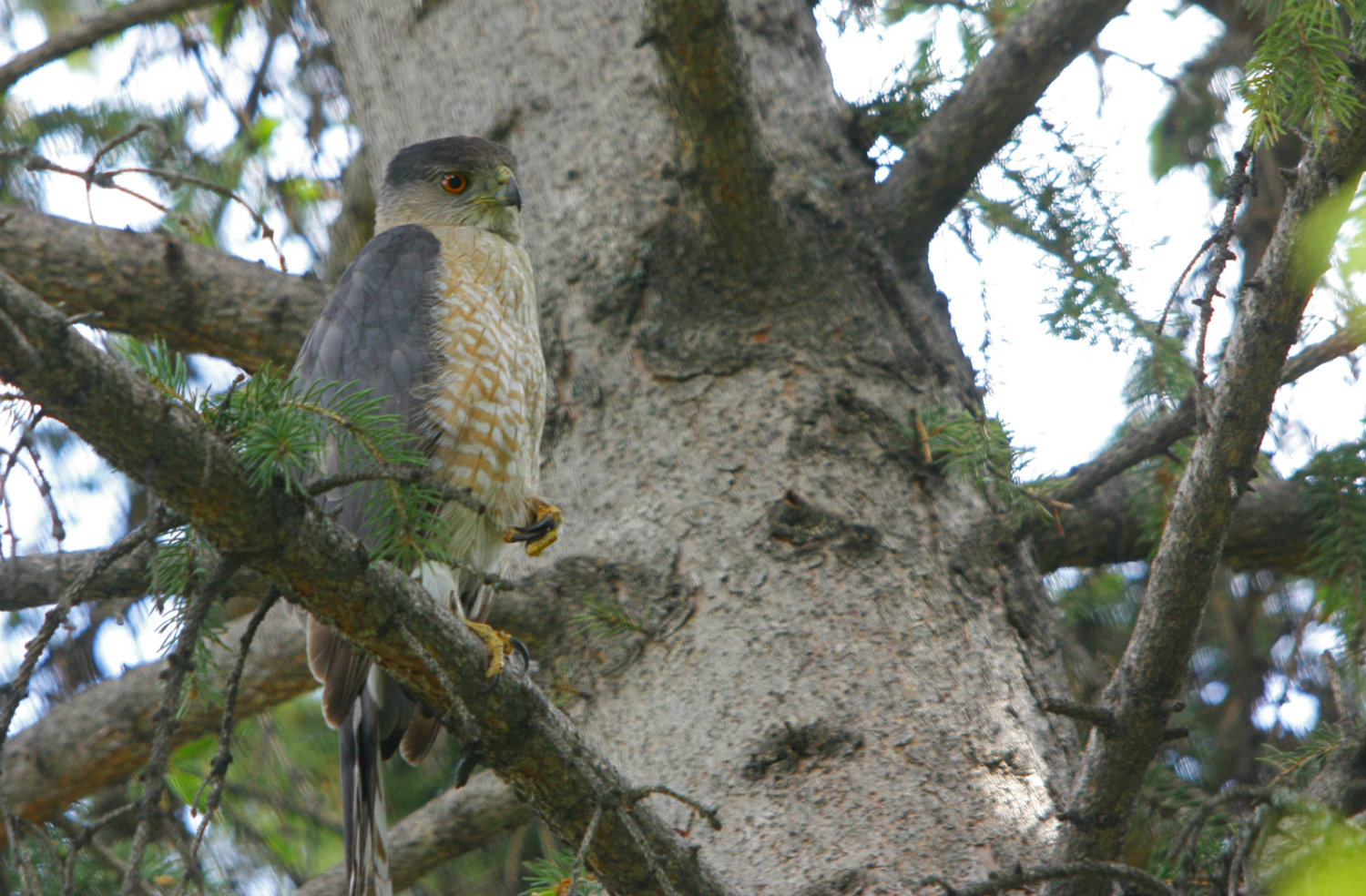Posted by Pat Bumstead
Much is being written lately about the lack of contact young people have with nature. It’s a global problem, as the electronic wave keeps kids busy with their computers, games and phones.
There is an upside to all this, however. All this electronic activity also allows young birders to share, learn and connect. A case in point is our own Matthew Sim, who is a regular writer for this blog, and managed to keep right on blogging even when he was in Texas for a year.
Another excellent example is a young girl in northeastern Alberta. An avid birder living on a farm, she didn’t have the chance to talk birds with anyone, so she started a blog called Prairie Birder. She then joined Twitter, and set up her own Facebook page. This in itself is inspiring enough, but now she has put many adults to shame and started a Facebook Group for Alberta Birds.
A recent entry on her blog states:
I might have the chance to do some podcasts or radio broadcast features on young birders and also social networking and birding in the near future, so I thought that in addition to blogging I should join Facebook, where you can find me as Prairie Birder.
As a new member, I started looking around for birding groups, pages, and friends to like and “friend”. I found three Canadian Facebook birding groups, for British Columbia, Nova Scotia, and Yukon. But searching for an Alberta group, I couldn’t find one so I decided to start one, the Alberta Birds Facebook group. The focus of the group is to share birding photos, sightings, questions and answers about birds, and birding events. And you don’t have to be an Albertan to join!
She started the group on June 12, and as of this writing, it already had 70 members, sharing some terrific photos from around the province.
I am in awe, and feeling much better about the future of birds and birdwatching.

